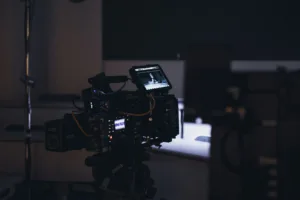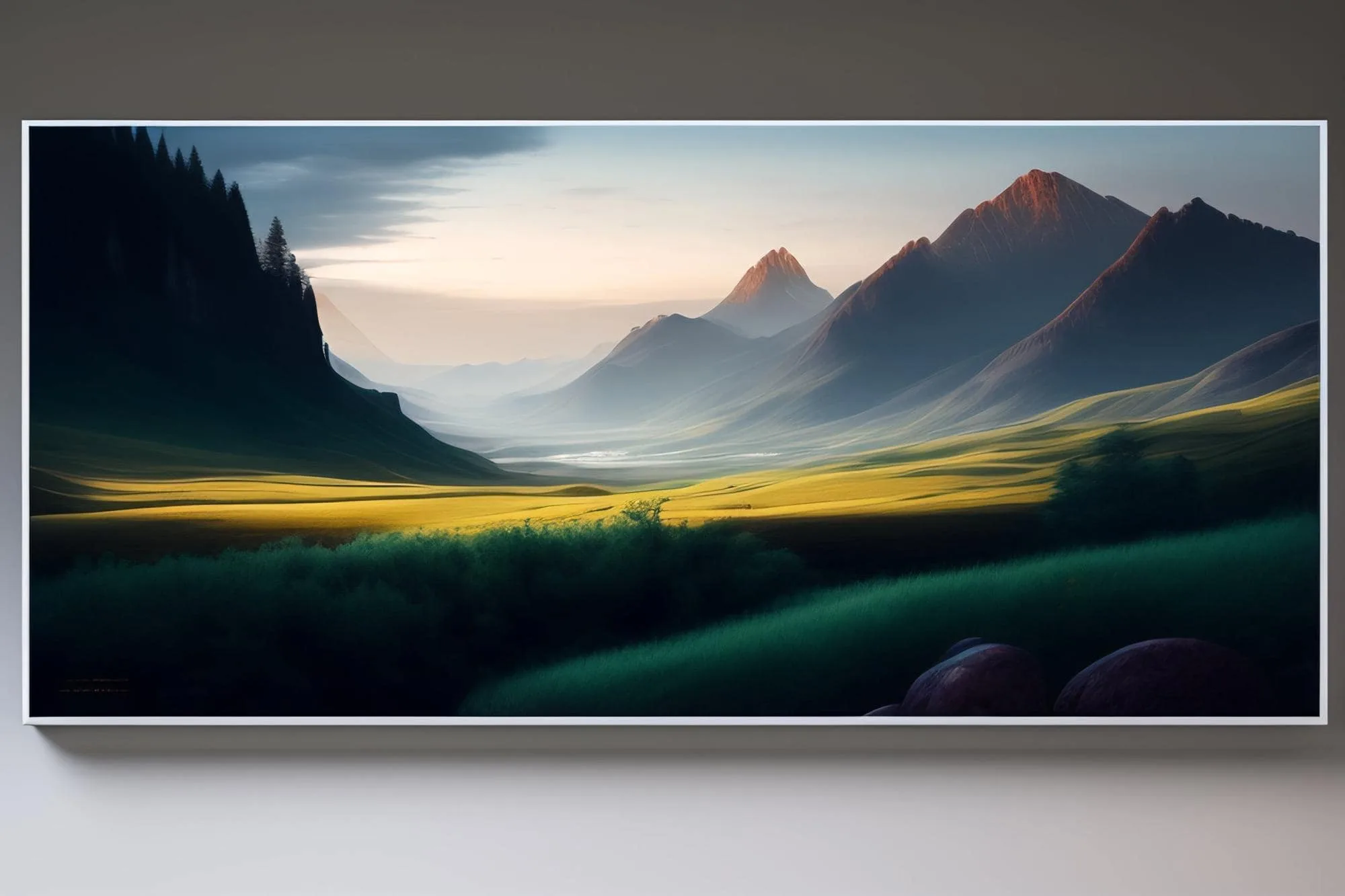
Ah, aspect ratio. It’s one of those filmmaking terms that can seem intimidating at first, but don’t worry – it’s not as complicated as it sounds. In fact, understanding aspect ratio is crucial to making your film look its best.
So, what is aspect ratio? Simply put, it’s the proportion of the width of your video frame to its height. For example, a common aspect ratio is 16:9, which means the width is 16 units and the height is 9 units.
Well, it can affect the way your audience perceives your film. Different aspect ratios can create different moods and visual effects. Here are a few examples:
1.33:1 (also known as 4:3) was once the standard aspect ratio for TV shows and movies. It can create a classic, nostalgic feel.
1.85:1 is a common aspect ratio for modern films. It can create a cinematic, widescreen look.
2.39:1 (also known as “Scope”) is an ultra-widescreen aspect ratio often used for epic, sweeping shots.

Think about the story you want to tell and the mood you want to create. A widescreen aspect ratio might be great for an action movie, while a more intimate, square aspect ratio might be better for a drama.
And once you’ve chosen your aspect ratio, make sure you stick with it throughout your film. Changing aspect ratios mid-scene can be jarring for your audience.
Now, there are a few technical things to keep in mind when it comes to aspect ratio. For example, if you’re shooting on a camera with a fixed aspect ratio, you’ll need to crop or letterbox your footage in post-production to achieve the desired aspect ratio. And if you’re distributing your film, you’ll need to consider which aspect ratios are compatible with different platforms.
But don’t let that scare you off – with a little practice, using aspect ratio can be a fun and creative tool for enhancing your filmmaking. So go ahead, play around with different aspect ratios and see what works best for your project!